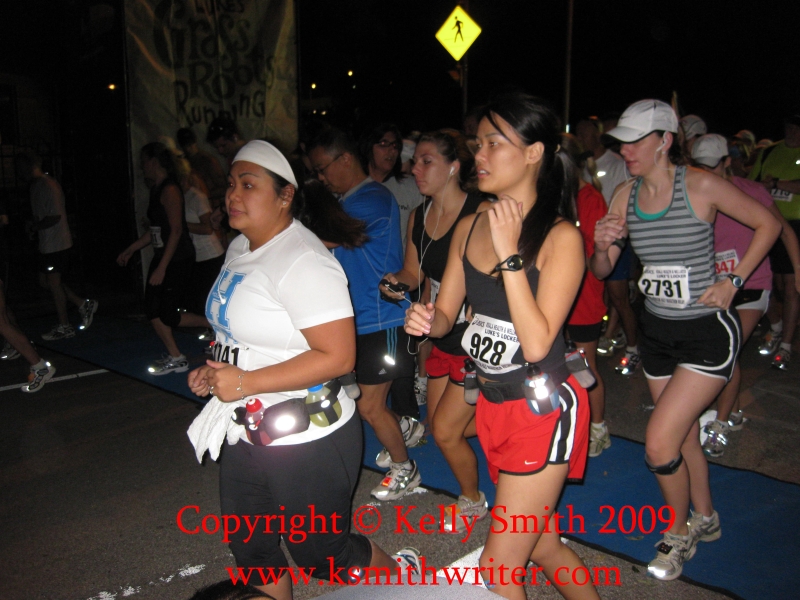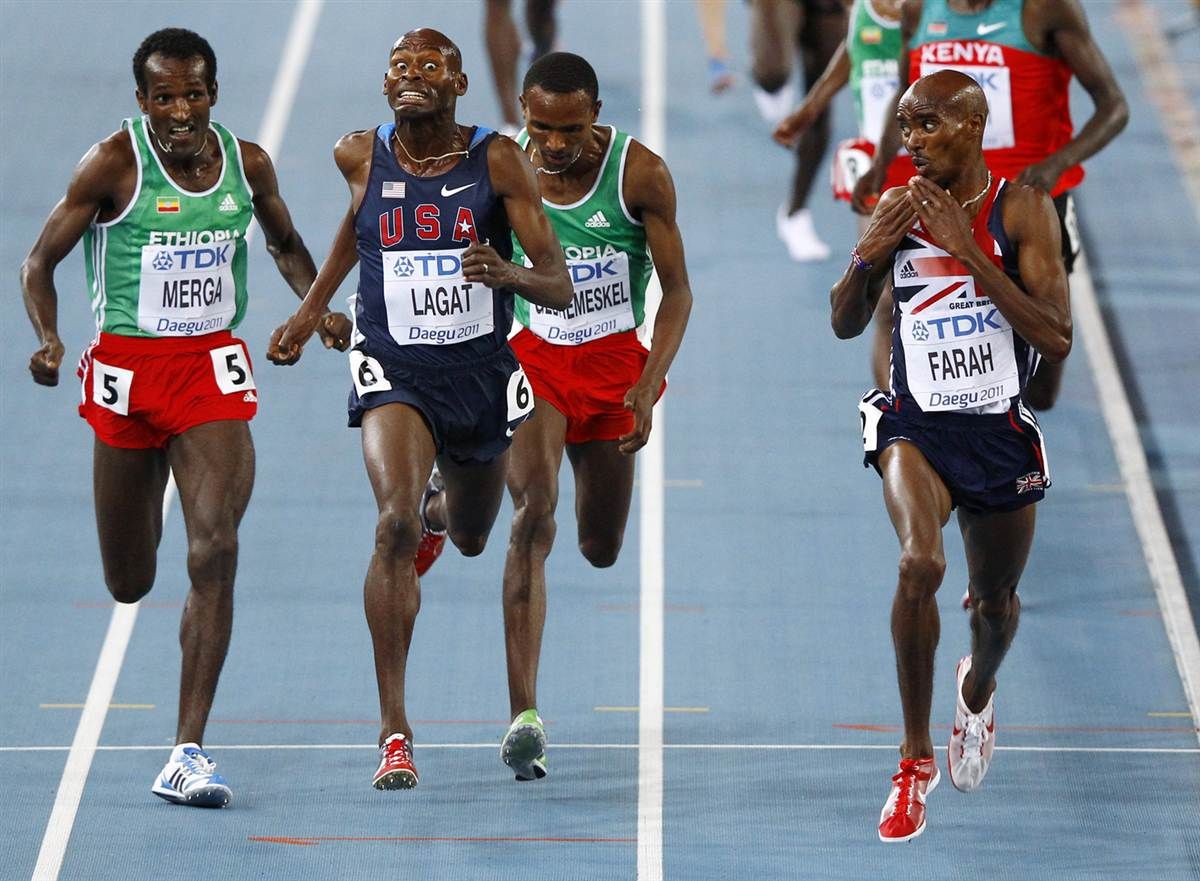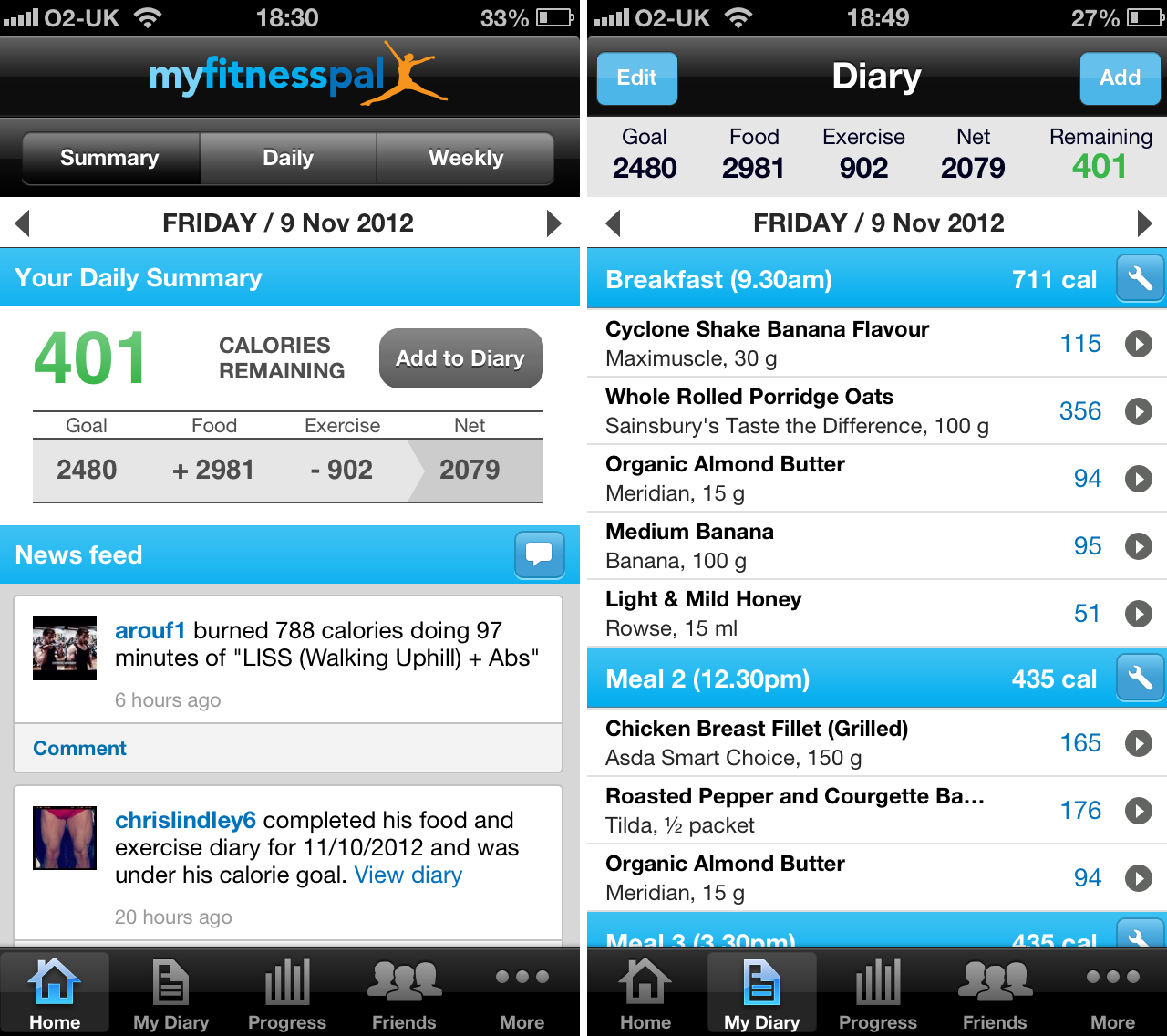by Kelly R. Smith
|

This article was updated on 12/02/20.
As runners, whether as beginners or with years of experience, most of us have our favorite race distances. The basis for that may be fitness level, physical limitations, or just good old personal preference. I have been running since 1975 so I’ve indulged in most of them. Here is what I’ve found out along the highways and byways.
Preparation and Training
No matter what distance you are focusing on or what specific event you are getting ready for it is important to stay healthy. This includes proper nutrition and avoiding overuse injury. In my case this also includes taking meds for high blood pressure. I have learned to deal with the side effects which took a bit of experimenting.
Should you take supplements? Another personal decision. It seems like every month a new “study” proves that they do or don’t help. I take Osteo-bi-Flex for my joints and I think it helps. I also take a multi-vitamin daily to edge my bets. I also take a CoQ10 supplement daily for a wide range of benefits.
What constitutes a “healthy lifestyle” can be a bit arbitrary but I have condensed some of my favorite tips (habits) of successful runners. Feel free to take the ones that work for you and dispense with the rest. As for training, it’s good to develop a weekly mileage base. A minimum of 20 miles per week is good for most people. After that, tailor your workouts to the distance your are specifically training for.
Running Track Events

Track events can vary from very short sprints to longer distances like the 10K or the steeplechase. I’ll be honest; these are not my favorite races. They just hurt too much and the training is boring. Don’t get me wrong; I don’t mind doing speedwork and intervals one day a week but not for the bulk of my training. I would rather be out on the roads or trails.
Of course a lot of this has to do with your DNA. Runners who have inherited predominately fast-twitch muscles may find these events fun, but alas, I fall on the other end of the spectrum.
The Ever-Popular 5K Race
There are many reasons why the 5K is so popular. It is well within the reach of beginning runners, it’s easy to stage as a local fund-raiser, and it ties in nicely with holidays like Thanksgiving and Labor Day.
Training for this distance is not overly involved. I would recommend the following per week: one speedwork workout, one long run of 6 to 10 miles, three runs of 3 miles, and one cross-training workout of personal choice (swimming, cycling, hiking, weights, yoga, ect.)
The race strategy is a short warm-up before the race to loosen up the muscles, going out confidently when the gun goes off, and then ramping up the pace. At a mile and a half in you should be breathing hard but not dying.
The 10K as a Middle-Distance Race
Whereas 5Ks can be considered any-weekend, any-community events, 10K races are a little harder to find. They are harder to stage requiring more police cooperation, more port-o-potties, and usually a stricter time limit so the police can go home and the volunteers can get the cones off the route.
Training for this distance is basically the same routine as the 5K with the distances bumped up. Mid-week runs should be 4-5 miles and the weekend long run should approach 8 miles.
My strategy for this distance is no warm-up, position myself about halfway back in the pack, go out easy at a conversational pace, and begin to ramp it up. Once the pack thins out to allow some maneuvering I do so passing when I can but not wasting energy. The last half mile should have you breathing heavily and of course when you can see the finish line you should be sprinting. You can generally find some other poor soul to lock horns in battle with.
Bumping It Up to the Half Marathon
This is my favorite distance. Finding a half usually requires a road trip of some sort unless you live in or near a larger community. These are usually fall races so you really need to start ramping up your training plan mid-summer or so.
The most important part of training is your weekly long run. Because of the time involved in the actual run and the subsequent relaxing and socializing, Saturday or Sunday are good choices. You should be doing upwards of 15 miles two weeks out from race day. Carry lots of water! I like a running water bottle belt. The one in the picture below is the one I use. The angled bottle ensures that a tall bottle won’t rub the hide off your spine like the straight up-and-down ones tend to do. Hide water bottles along your route if you need to. Use Body Glide or an equivalent to avoid chafing. It only takes one session of agony in the last couple of miles to make one a believer!
The week prior to the event you should do some serious tapering. Just a few miles for your midweek runs, and of course, no long run. As far as race strategy goes I just like to have fun. Go out very easy and settle into a good conversational pace. Beginning at about the halfway point I walk the water stations and mix a cup of water with some Gatorade; the full-strength stuff is just too much. I should mention here that not all races use Gatorade. Find out in advance what brand of sports drink they will be serving up and train with that. Run the tangents. You would be surprised how cumulative those extra few feet on every corner are.
Run a Full Marathon
How many times have you heard non-runners say a marathon is on their bucket list? My guess is that most of those buckets never get filled! But for runners there is really nothing bucketeseque about a full marathon; it’s just another notch on the old belt. Like when the guy at the office asks, “So, what did you do fun over the weekend?” To which you reply, “Oh, not much; just went for a run with 8,000 of my closest friends.” No small wonder that sedentary people think we’re crazy.
The training and strategy are basically the same as for the half but there’s just more mileage involved. I always allow about six months of ramping up my training. Of course, following the 10% rule (no more than 10% weekly mileage total per week; no more than 10% increase in long run distance every other week). The weeks between long runs should now be 10-12 miles in length.
Ready to Step it Up to an Ultramarathon?

I’ve done the Sunmart Ultra 5 times and enjoyed every one of them. The hardest thing for me was the psychological aspect. The distance for me was not the issue, it was the fact that it was a multi-loop course after the initial 10K segment. Every time I went through the check-in station it was, “Oh Lord here we go again.” The upside is that you meet some really nice people.
The training was almost the same as for the marathon except for the enormous amount of mileage I had to put in for training. In fact, many times I had to break up my long runs between Saturday and Sunday. That started beginning when my scheduled long run called for over 20 miles. Even starting a couple hours before dawn that South Texas sun would take its toll.
With this volume of weekly distance, allowing adequate time for running recovery became critical. At that time I was also very active with triathlons and quickly found out that long, slow lap swimming was my friend. It’s really like a massage.
So there you have it; these are some of the things I have learned over the years. Take from it what you will and I hope some of it will help you and contribute to avoiding injury. We are all built differently and that’s why there are so many training concepts, no matter what you discover to be your best race distance.
More Trending Articles
- 10 Signs of Nutrient Deficiency
- Exploring the Seabrook Hike and Bike Trails
- Running Recovery for any Distance
- A Fundamental Guide to Long Runs
- Endure: Mind, Body, and the Curiously Elastic Limits of Human Performance (Book Review)
Looking for more great content? Visit our main site I Can Fix Up My Home or our partner sites:
I offer article and blog-writing services. Interested? Hire Me!
Did you find this article helpful? Millions of readers rely on information on this blog and our main site to stay informed and find meaningful solutions. Please chip in as little as $3 to keep this site free for all.
Visit Kelly’s profile on Pinterest.
About the Author:
 Kelly R. Smith is an Air Force veteran and was a commercial carpenter for 20 years before returning to night school at the University of Houston where he earned a Bachelor’s Degree in Computer Science. After working at NASA for a few years, he went on to develop software for the transportation, financial, and energy-trading industries. He has been writing, in one capacity or another, since he could hold a pencil. As a freelance writer now, he specializes in producing articles and blog content for a variety of clients. His personal blog is at I Can Fix Up My Home Blog where he muses on many different topics.
Kelly R. Smith is an Air Force veteran and was a commercial carpenter for 20 years before returning to night school at the University of Houston where he earned a Bachelor’s Degree in Computer Science. After working at NASA for a few years, he went on to develop software for the transportation, financial, and energy-trading industries. He has been writing, in one capacity or another, since he could hold a pencil. As a freelance writer now, he specializes in producing articles and blog content for a variety of clients. His personal blog is at I Can Fix Up My Home Blog where he muses on many different topics.




